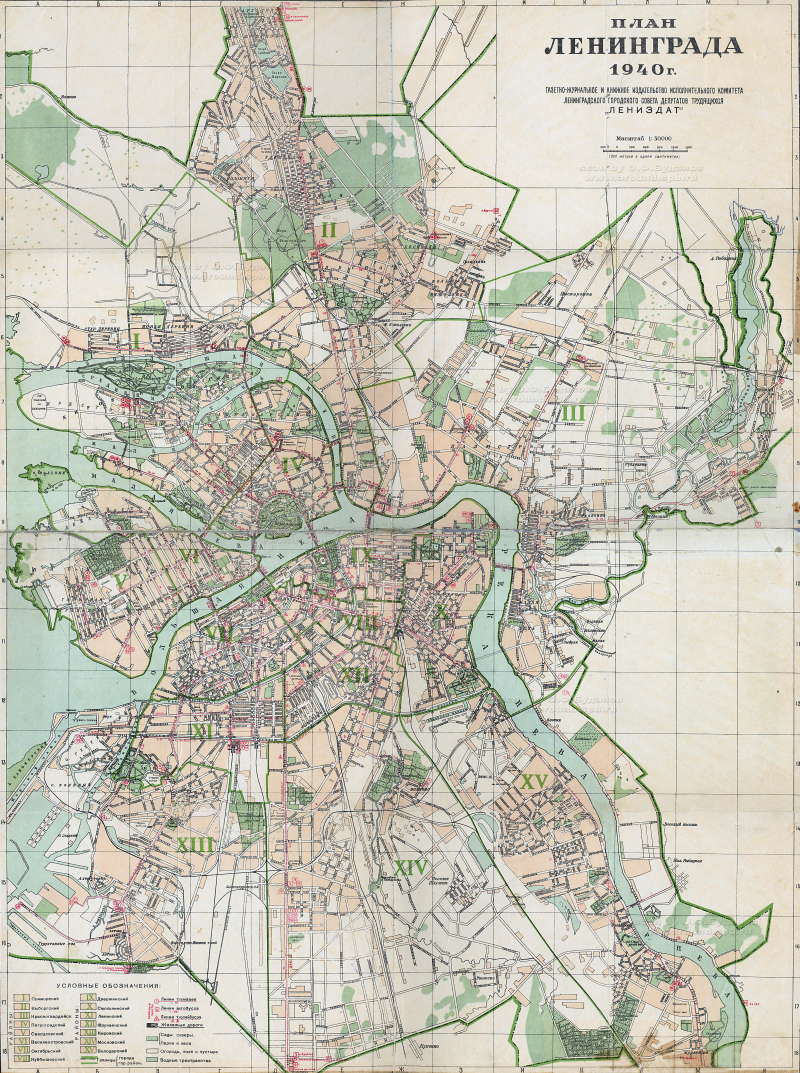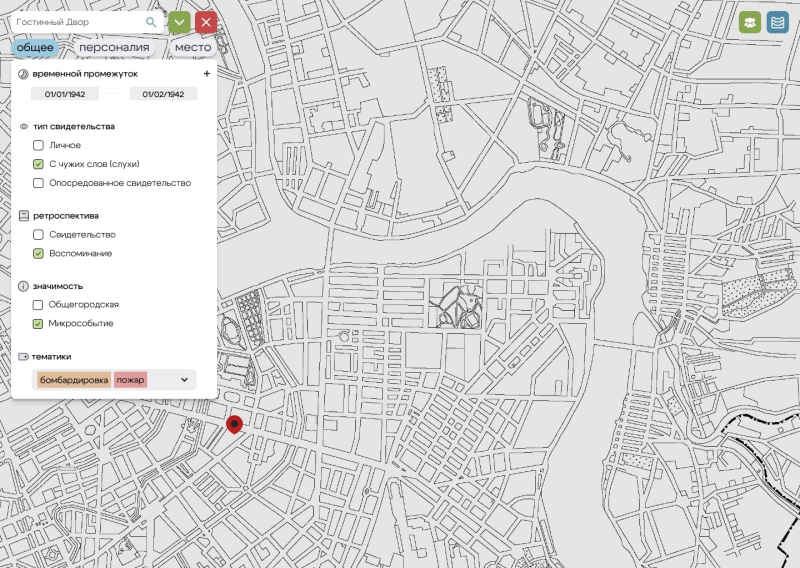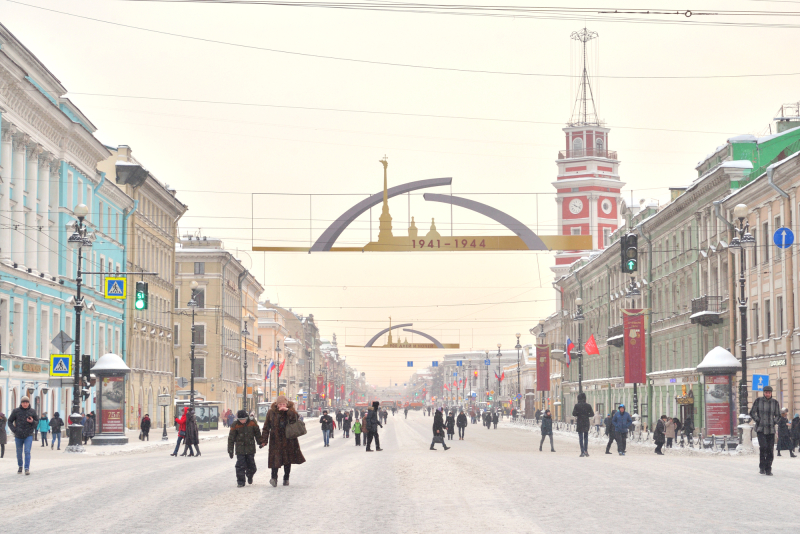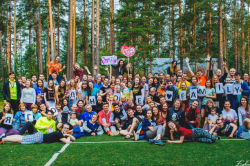“January 14, 1942. <...> I came outside aiming to walk down Griboyedov Canal, but something caught my eye and I went down the Prospect of 25th October. Gostiny Dvor was on fire. <...> The flames were raging in the building. In the morning mist, the sparks tunneled up, turning into black-and-white clouds. <...> The middle of the prospect and the building were surrounded by soldiers. Hundreds of people were watching the fire. Many felt sorry that there weren’t many firemen left. And how can you not be sorry – it’s such a beautiful corner of the city. Now, when I look at it, my heart is sick with pain, and I am seized by the desire of revenge on the monsters who caused such destruction.”
That was how the horrible winter of 1942 was described by Anisim Nikulin, a citizen of the besieged Leningrad. These days, his diary is an important document analyzed by historians of the center Prozhito that was founded at the European University at St. Petersburg. For several years now, the researchers have been working on a digital archive of egodocuments – personal notes of those who witnessed historical events, including those written in Leningrad under siege. In order to assemble the archive, the researchers collect written records and then verify, decipher, analyze, and digitize them.
The results of this work are published on the center’s website and in print; the collected data are also used by interdisciplinary researchers in several digital projects. Among them are The Siege First-Hand, a project that introduces the authors of collected entries, and The Map of the Siege, a digital map of the city with geotags based on the records.

A 1940 map of Leningrad. Image courtesy of Nikita Prigodich
One particular feature of the map is that it’s developed specifically based on memories and diary entries of actual witnesses of those events. The developers make a point of not relying on images of contemporary St. Petersburg, choosing instead to digitally recreate the Leningrad circa 1941-1942 based on written evidence. As a result, notes Nikita Prigodich, an associate professor at ITMO’s Faculty of Technological Management and Innovations, the gap between the two cities – the past and the present – is closed, allowing users to look at familiar places in St. Petersburg and at the same time see the sights of the besieged Leningrad.
In concept, the map would allow users to switch between modern and historical views, sort geotags by time, location, and other parameters, as well as read the actual entries by clicking on the relevant geotag. For instance, you could read records about a particular area in the city or those written by people of a particular age group or profession. Such tools offer an opportunity to learn more about historic events to those interested, while also being of use to experts, including historians, philologists, sociologists, and anthropologists, in detailed research on local areas or daily lives of people in that period.
Since the start of the project in September 2023, the researchers have produced a beta version of the website, developed brand identity, and assembled a database with over 500 records.
“Each diary of that period is unique, and the ones that have already been published within the Siege series by Prozhito are just the framing of the Leningrad catastrophe that we are planning to put on the digital map,” shared Alexey Pavlovsky, one of the project’s authors, an associated researcher of the Center for Cultural Memory and Symbolic Politics of the European University at St. Petersburg and an assistant at ITMO’s Center of Social Sciences and Humanities.

A geotag with an entry on the digital map. Image courtesy of Nikita Prigodich
Apart from the experts from the Prozhito center, the map is developed by researchers from ITMO’s Center of Social Sciences and Humanities, as well as 65 students of the Russian History module. Supervised by the researchers, students analyze the assembled texts, extracting various facts such as mentions of dates and locations of notable events in the city. A big emphasis of the project lies on stories of the day-to-day during the Siege.
Then, this data is introduced in the form of geotags on the map, which is also designed by ITMO students, as well as the future website of the project. Currently, the participants are developing the website and the records' database, while also integrating the visuals of the map with the technical aspects of geotags. The first prototype of the Map of the Siege is slated to be ready by March 2024.
In the future, the project will be supplemented by data from other diaries published by Prozhito – a stage that will engage even more ITMO students. According to Galina Zhirkova, the head of the Center of Social Sciences and Humanities, by participating in such initiatives, students learn to compile databases and analyze written records, while also acquiring hands-on experience at the intersection of IT and humanities.





